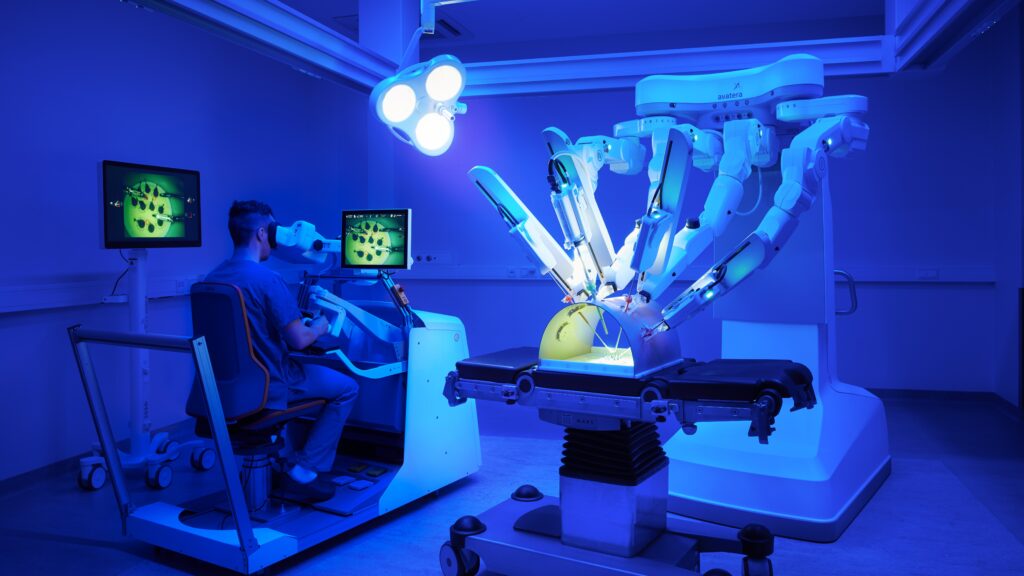Article in the journal “Der Chirurg”

09 July 2020 –
From the clinic’s point of view, robotic assistance systems have the potential to increase the safety of doctors and patients, to support consistent quality despite different surgical skill levels and to ensure high efficiency in terms of treatment duration and costs. The obstacles on the way to clinical application are the often great system complexity, a complex, inflationary patent situation, regulatory hurdles and the cost effectiveness of such systems. These often make development complex, risky and expensive.
Despite these challenges, there are now around 45 such systems on the market. An overview of the currently available robotic assistance systems and current research focuses is provided in the article “Robotic Assistance Systems for Surgery” in the trade journal “Der Chirurg” in issue 7/2020, written by DLR scientists from the Institute for Robotics and Mechatronics. One of the main research areas of the institute has been medical robotics for over 20 years.
The article can be read online here:
https://www.springermedizin.de/robotische-assistenzsysteme-fuer-die-chirurgie/18115702